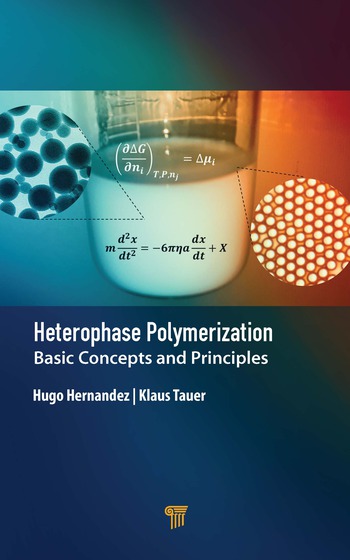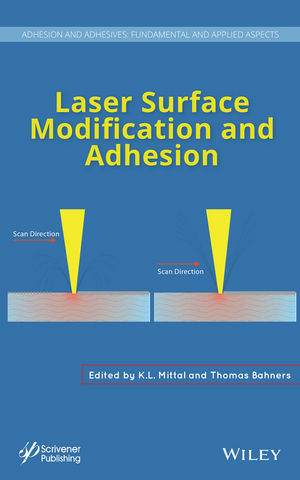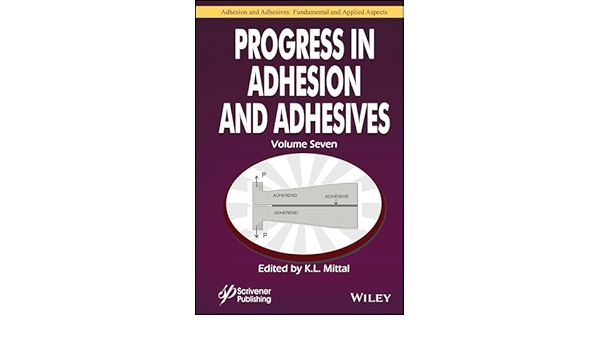Question: I am looking for a quick-setting (<5 min), thermally conductive glue that I can use to attach thermocouples to chips and other devices for thermal testing. What are my options?
Answer: Thermally conductive adhesives are much easier to formulate than electrically conductive ones, so you have several options. Fillers such as aluminum, aluminum oxide or boron nitride are added to adhesives to confer thermal conductivity, although you should also bear in mind that silver-filled adhesives that are normally considered for electrical conductivity will usually have outstanding thermal conductivity. Thermally conductive silicones can be purchased that are either one-component moisture-cured systems or two-component heat-cured versions. Filled epoxies are also used for thermal applications and are available in very-fast-curing two-component and heat-cured one-component adhesives. Finally, you might consider pressure-sensitive systems such as thermally conductive adhesive transfer tape.
Question: What is the best adhesive for laminating layers of EVA foam? The foam will be used in an aquatic environment, so the adhesive needs to have chemical resistance (for chlorine, in particular) as well as UV resistance. It must also be flexible.
Answer: EVA (ethylene-vinyl acetate) foam is much easier to bond than straight polyolefin foams due to the polarity conferred by the vinyl acetate monomer. There are quite a few adhesives that will adhere to EVA foam, including epoxies, acrylics and both natural and synthetic contact adhesives. For your application, I would suggest trying polychloroprene contact cement, which should give you the desired flexibility and chemical resistance. After applying the adhesive to both surfaces and allowing it to dry, you will get immediate adhesion by pressing the two surfaces together. However, you may have to experiment with several different grades of adhesive to find the ideal drying time and correct bond strength development for your application.






